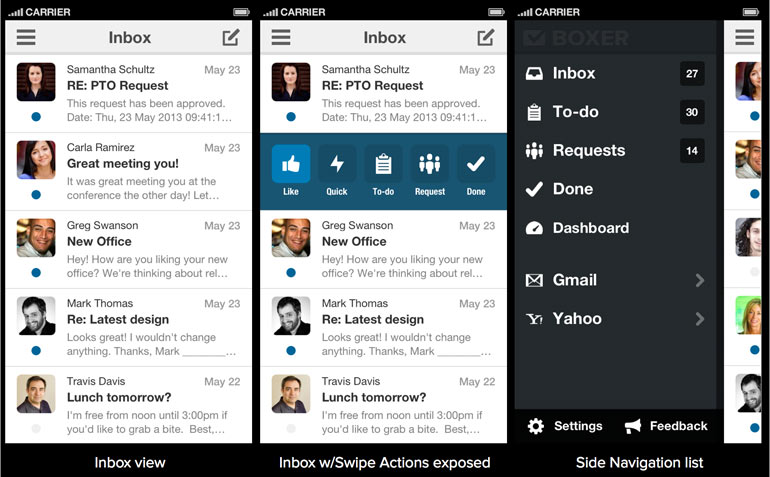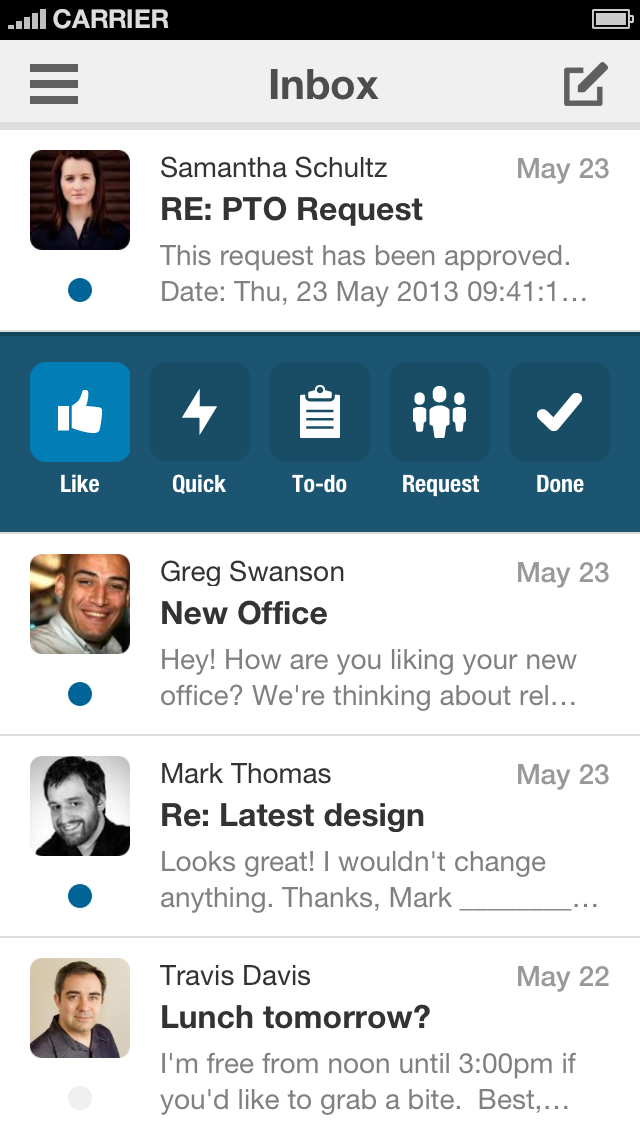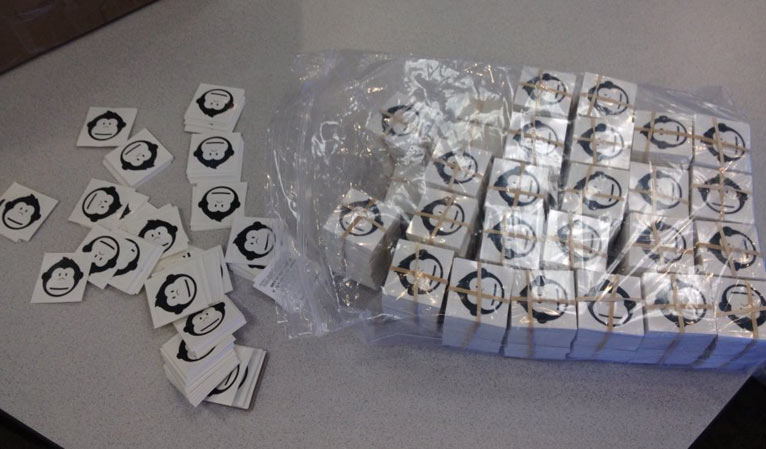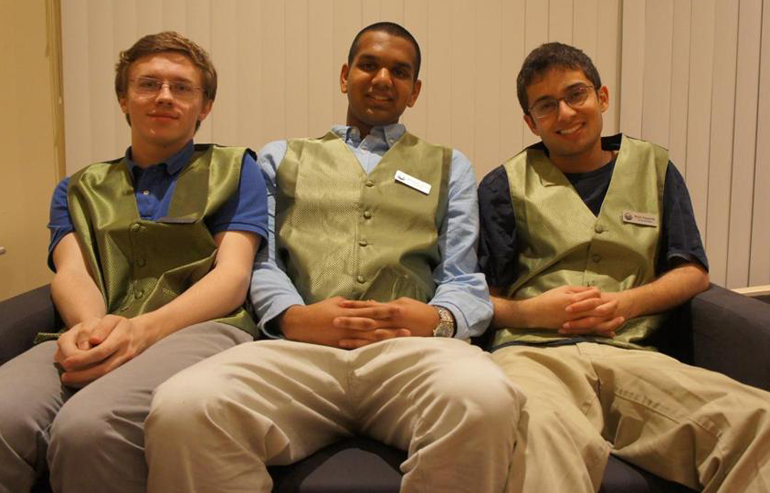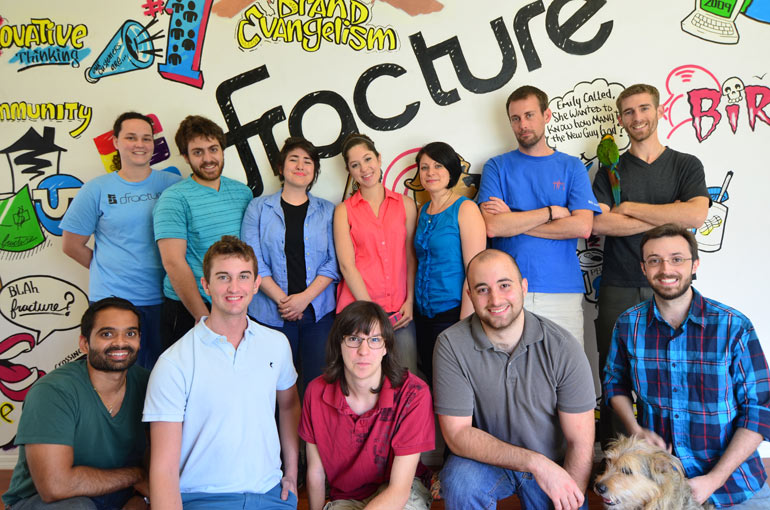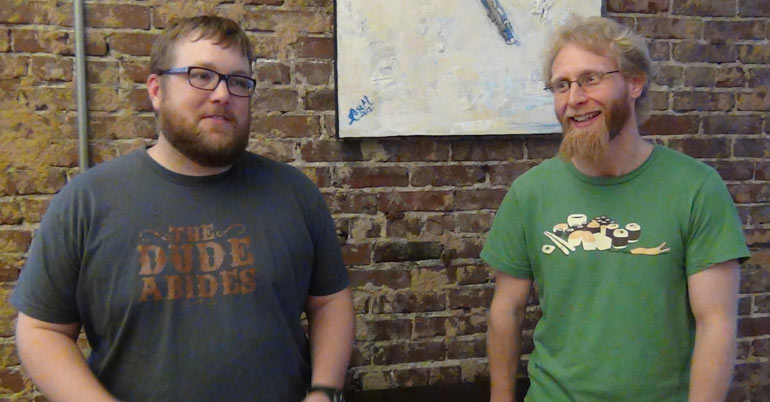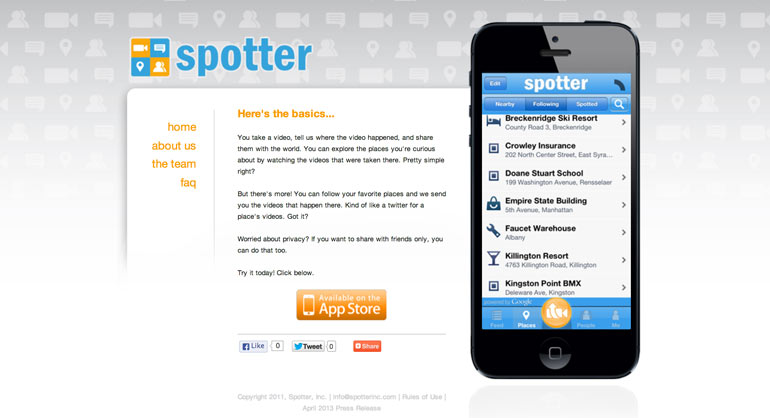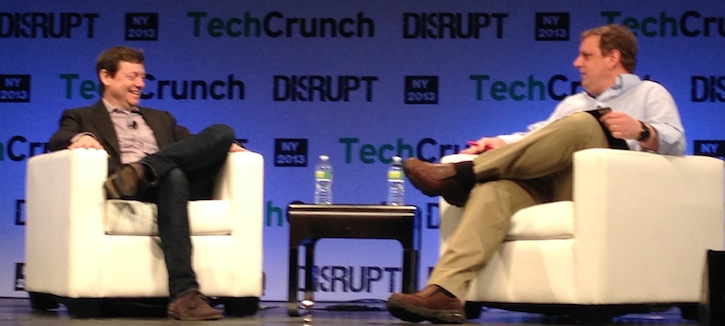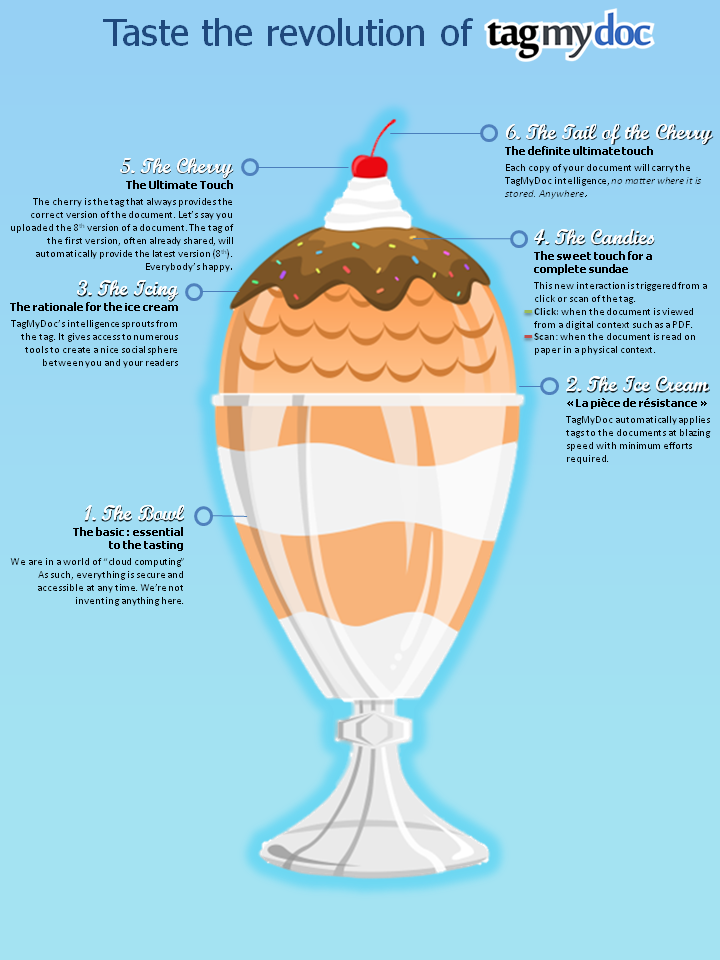We’ve chronicled the rise and fall of OMGPOP, the creators of Draw Something. Before their huge hit with Draw Something, they had produced dozens of mobile games that didn’t hit it big. Draw Something hit the app store though, lives changed, and quickly.
Draw Something shot up to the top of the app charts. They amassed over 240 million users who were playing all the time. In just about a month’s time, they went from “another game studio” in New York City, to being acquired by–at the time–social gaming powerhouse Zynga back in March of 2012. Zynga didn’t disclose the financial details of the transaction but word on the street was that the deal was between $180 and $200 million. Around the same time this year, Zynga reported taking a $95 million dollar write down on the OMGPOP deal.
Porter, who had worked on events at Pimlico in Baltimore and had strong ties to Charm City, named all of OMGPOP’s conference rooms after characters from the HBO hit series, The Wire. That, coupled with Porter’s WYSIWYG attitude quickly earned him the respect of many tech journalists.
After OMGPOP was acquired by Zynga, Porter became the head of New York operations for the company. According to the announcement back in March of 2012, OMGPOP was to be Zynga’s top mobile unit. However, as Business Insider reported on Tuesday, things didn’t quite turn out that way.
According to Business Insider’s Alyson Shontell, Monday afternoon around 2pm the dreaded “all hands meeting” was called at the NY office of Zynga. These meetings had become common practice in New York, and as the employees filed into the room, they grabbed beers, “Sensory-numbing beverages were now essential for these gatherings.” Shontell wrote.
The resident HR employee at Zynga’s New York office told the employees the news. The New York office was being shut down. Employees quickly filled out paperwork to get there severance packages and then it was party time.
Business Insider reports that hoodies, t-shirts and anything with a Zynga logo were quickly destroyed, however morale stayed positive. Desks were cleaned out, trophies from Zynga meetings were left behind.
“There were no hard facts or figures. No real explanation. Just typical corporate BS,” one former employee who was in attendance tells Business Insider. “Everyone was just like, ‘Yep.’ Not surprised at all. It was like the weight had been lifted off our shoulders, that a decision had finally been made.”
“Most layoffs are sad. You imagine big corporate settings where security is there to lead people out of the office so they don’t make a scene. This was the opposite,” says the former employee. “Music was being played loudly, and people were ripping up Zynga hoodies and T-shirts. Anything that was Zynga was completely left there. The sentiment felt positive.”
The OMGPOP team was never really integrated into Zynga. Right around the same time of the purchase, Zynga had gone public and their stock started falling immediately. Shortly after that it was reported that Zynga would no longer have the stranglehold on social games on the Facebook platform, meaning that the company would need to rely on other money making avenues.
You would think that with Zynga’s focus coming off of the “ville” franchises, a mobile team like OMGPOP would be put to work full steam ahead. Employees told Shontell that really wasn’t the case at all. Earlier this year OMGPOP released a refresh of Draw Something as Draw Something 2. Right before Dan Porter’s exit from the company in April, Ashton Kutcher had actually tweeted how much he liked the new version of Draw Something. Kutcher had gotten an advance copy of the game.
Porter has already moved onto another startup and continues with his insidestartups.org. Just a few months before Porter’s exit, Zynga CEO Mark Pincus was named the 4th worst CEO.
Check out all of our OMGPOP coverage here.





